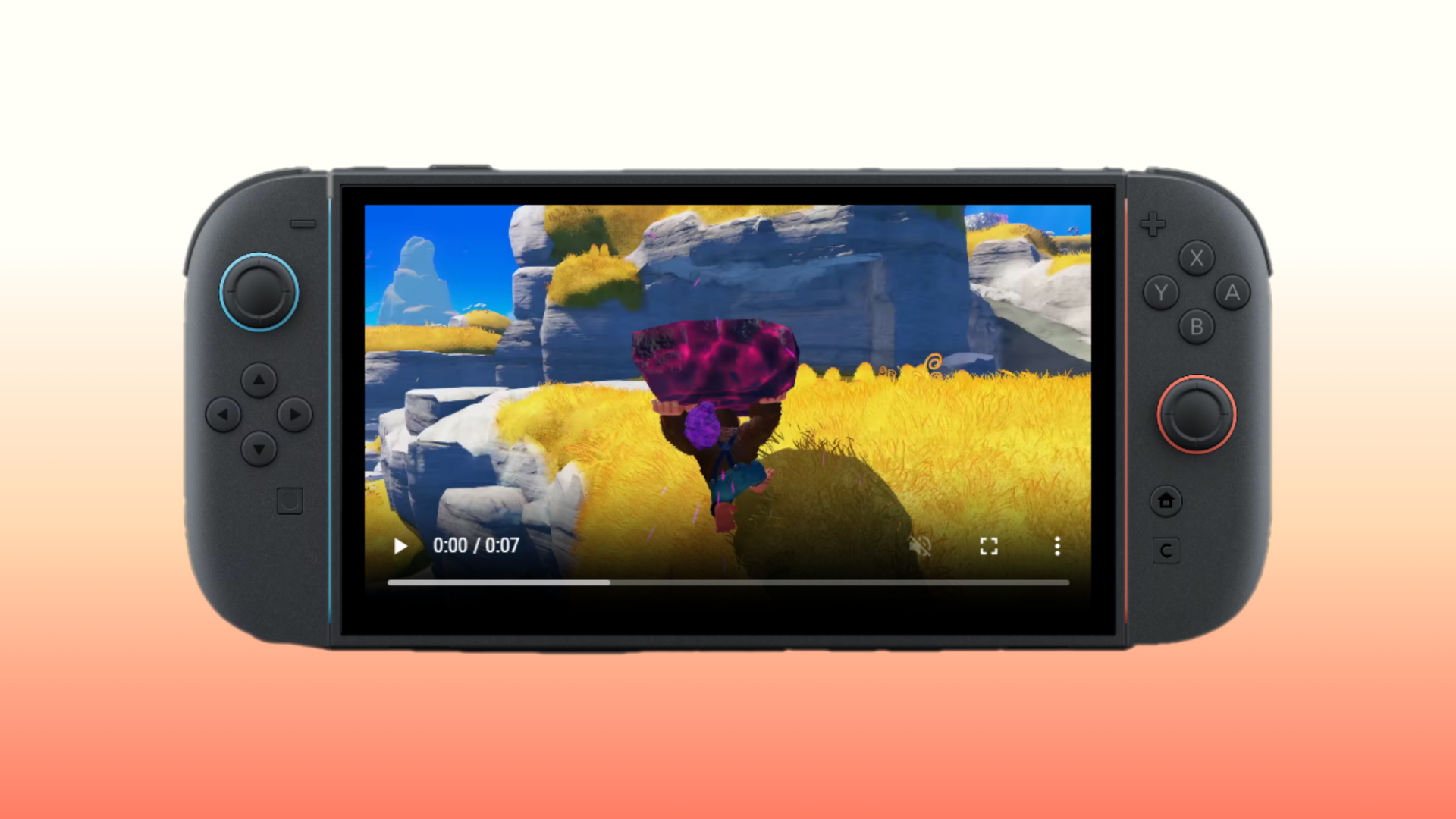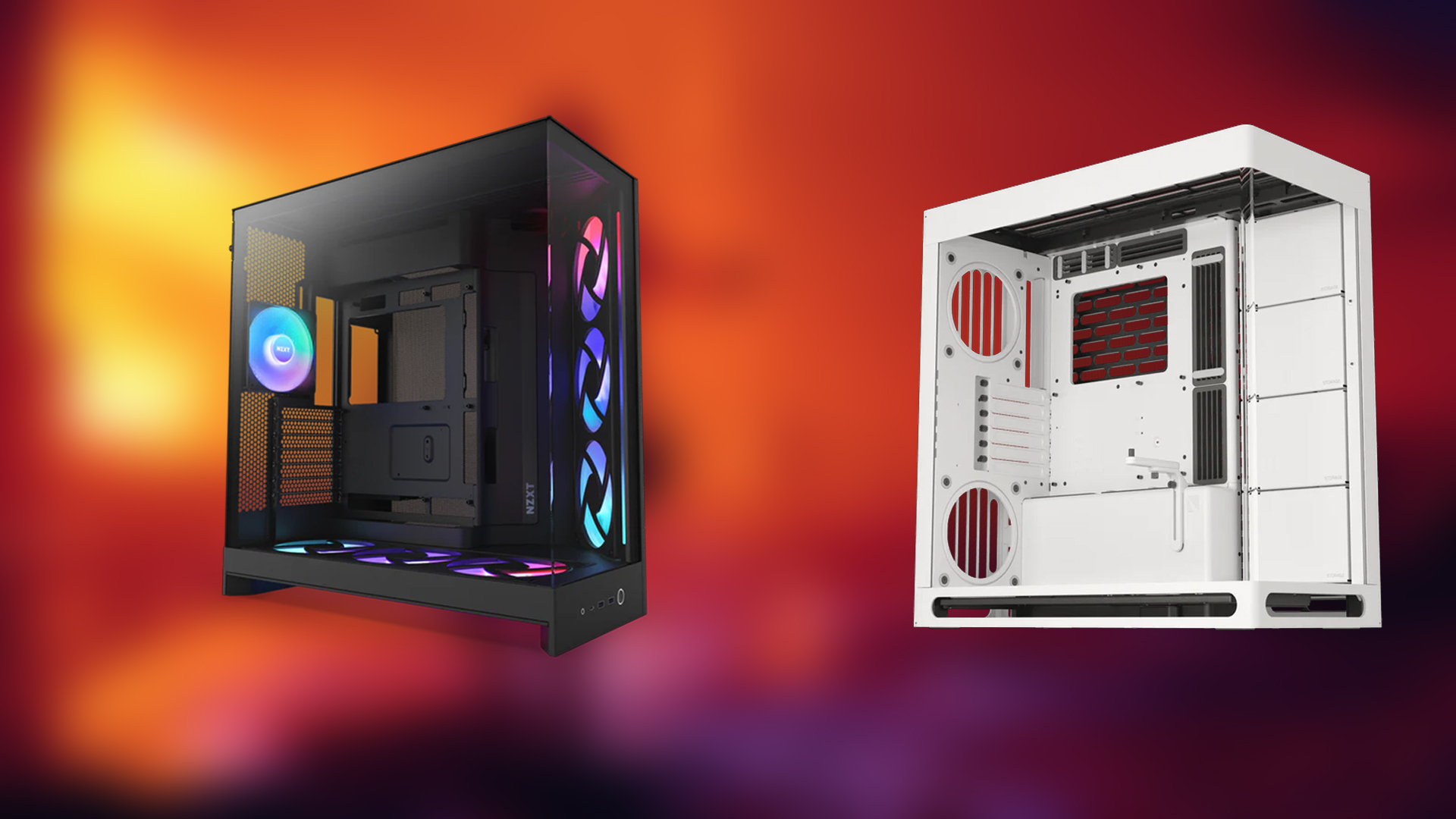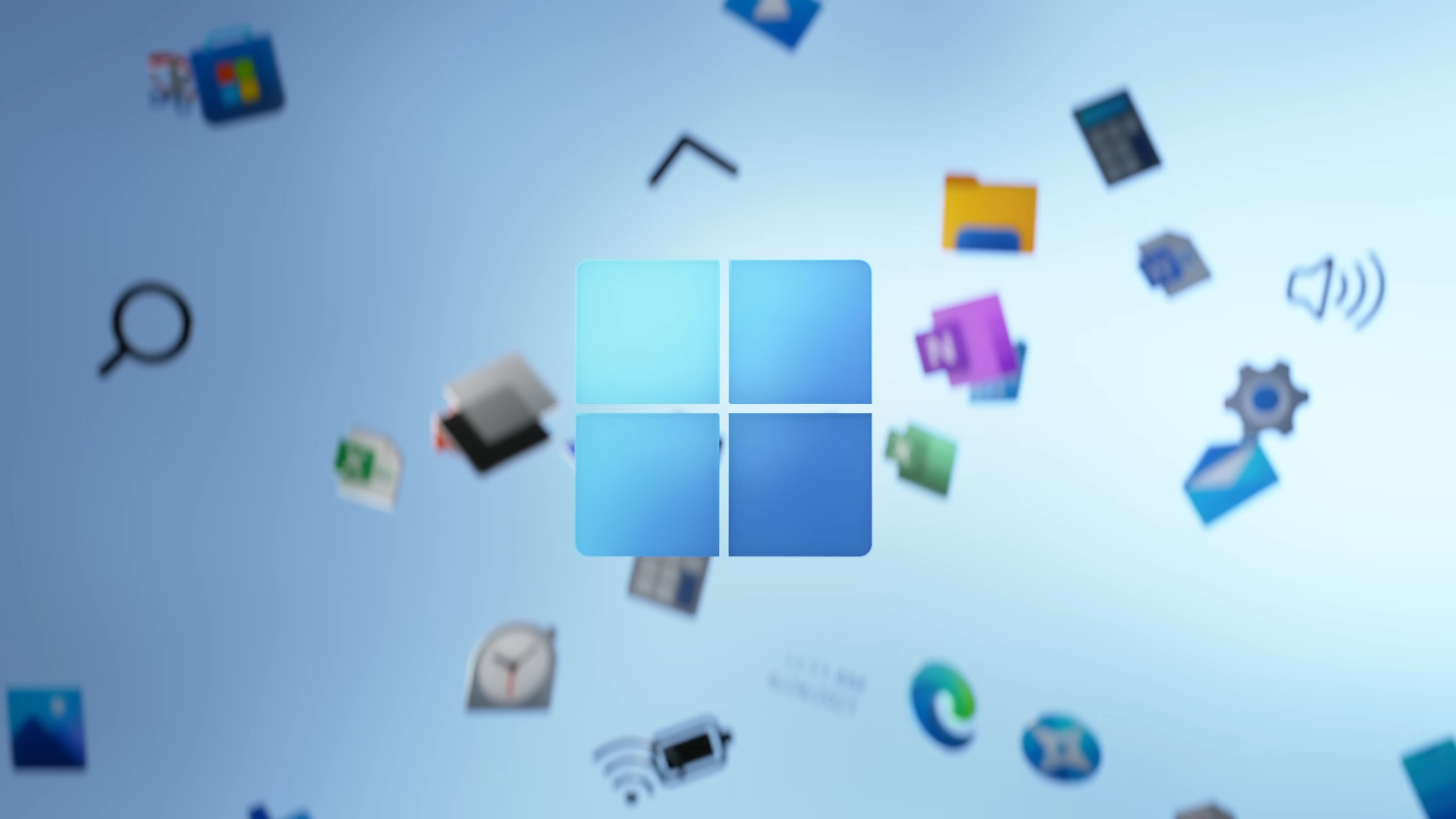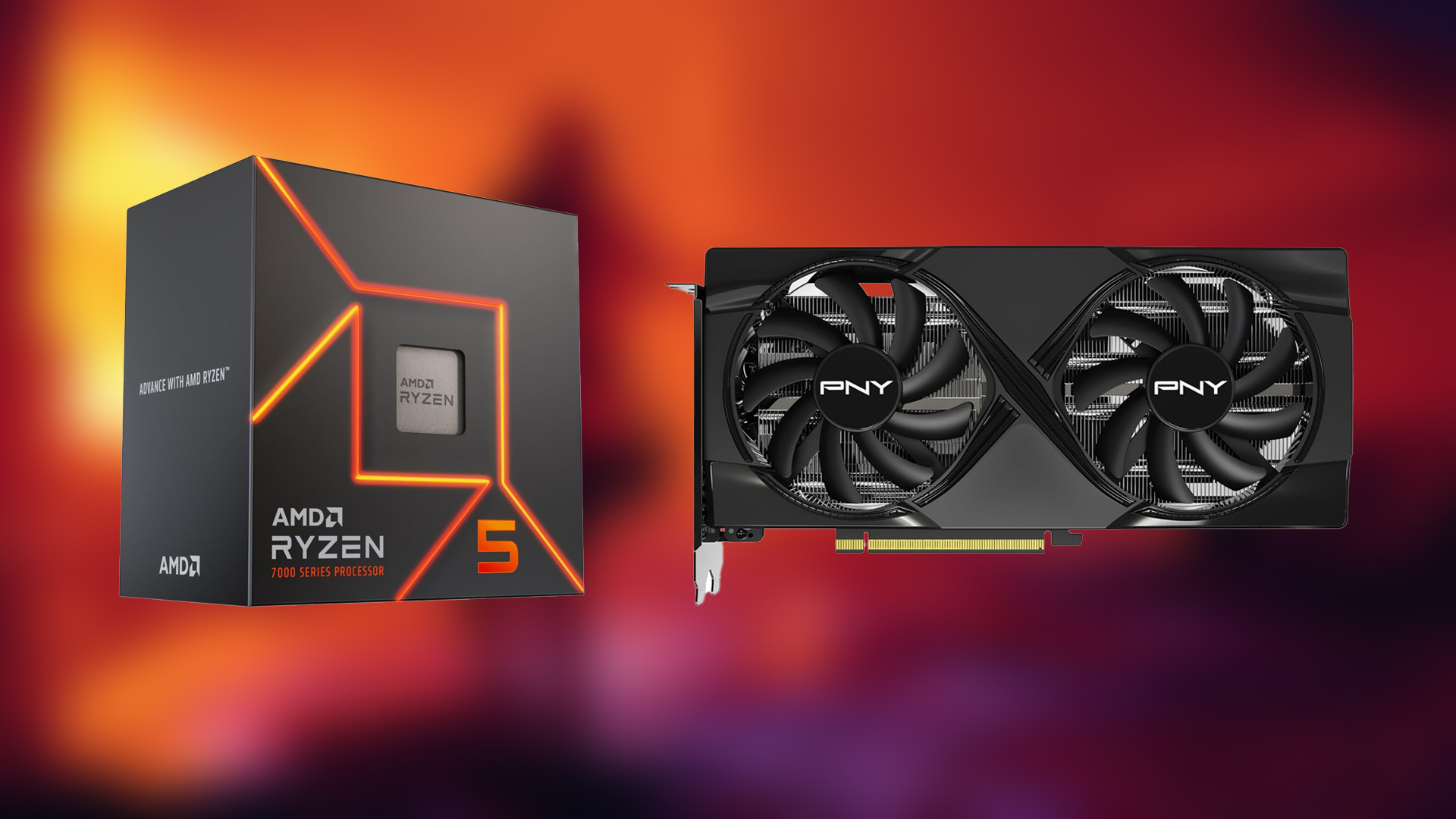Nintendo Switch 2 brings DLSS and ray tracing to handheld gaming—is it a game-changer or just plain hype?

Rasterization was king until Nvidia popularized ray tracing with their Turing architecture back in 2018. Fast forward to 2025, and now handhelds can also do it. The Nintendo Switch 2 features an Ampere GPU and can perform upscaling (DLSS) as well as ray tracing, just like gaming PCs with an RTX GPU. But is this an apples-to-apples comparison, or is there more than meets the eye? Let’s find out.
DLSS and Ray Tracing on Switch 2: Technical Specifications Uncovered

The Switch 2 features a custom Nvidia T239 chip and includes an Ampere GPU. The original Switch had a Maxwell-based GPU, and the improvement is quite substantial. Here’s a rundown of the specs we know:
- CPU: 8-core ARM Cortex A78C, with 6 cores available to games (2 reserved for system tasks)
- GPU: Ampere architecture, 1,536 CUDA cores, clocked at 1,007MHz (docked) and 561MHz (handheld), with a maximum of 1.4GHz
- Memory: 12GB LPDDR5X RAM, with 9GB available to games
- Display: 7.9-inch LCD, 1080p resolution, up to 120Hz refresh rate, HDR support
In theory, this translates to performance comparable to that of a desktop GTX 1050 Ti and a laptop RTX 2050 GPU. Of course, game to game, the results vary, but that’s roughly what you can expect.
DLSS and Ray Tracing in Real Games
Several media outlets have confirmed that current DLSS titles include Cyberpunk 2077 and Star Wars Outlaws. Street Fighter 6 uses DLSS to upscale from 540p to 1080p at 60 FPS.
- Cyberpunk offers two quality modes: 30 FPS for Quality and 40 FPS for Performance. Quality mode translates to 1080p in both handheld and docked modes, while Performance mode delivers 120 Hz at 1080p docked, with a variable refresh rate.
- Star Wars: Outlaws runs, but the performance isn’t optimal, as there are severe FPS drops across the board. Likely, the developers will need more work on this one. And yes, this is running with RT.
What Does DLSS and Ray Tracing Mean for Switch 2?
DLSS easily allows for higher resolutions and frame rates than native rendering would on this hardware. This is apparent when in docked mode, as 3.07 TFLOPS is simply not enough to run 4K natively. Additionally, the lower resolution internally means the GPU and CPU load will be easier on the battery life as well.
Ray tracing is a different story; it will need DLSS to be effective. Let’s face it, even the best desktop GPUs fail to do this properly without upscaling. A similar trend will also follow in this aspect.
Is It Hype or a Game-Changer?
Now, to answer the question: is it hype or a game-changer? Well, technically, it’s both, as it’s the first handheld console to feature hardware-accelerated DLSS and ray tracing. Not that other handhelds do not support RT, but this is Nvidia, after all. DLSS significantly helps with upscaling, temporal stability, and reducing shimmering, among other benefits. So yes, that’s a game-changer within handhelds.
However, what’s hype is the inflated price and the market representation of a 4K 60 Hz gaming experience or a 120 Hz high refresh rate gaming experience.
We provide the latest news and “How To’s” for Tech content. Meanwhile, you can check out the following articles related to PC GPUs, CPU and GPU comparisons, mobile phones, and more:
- 5 Best Air Coolers for CPUs in 2025
- ASUS TUF Gaming F16 Release Date, Specifications, Price, and More
- iPhone 16e vs iPhone SE (3rd Gen): Which One To Buy in 2025?
- Powerbeats Pro 2 vs AirPods Pro 2: Which One To Get in 2025
- RTX 5070 Ti vs. RTX 4070 Super: Specs, Price and More Compared
- Windows 11: How To Disable Lock Screen Widgets
 Reddit
Reddit
 Email
Email


